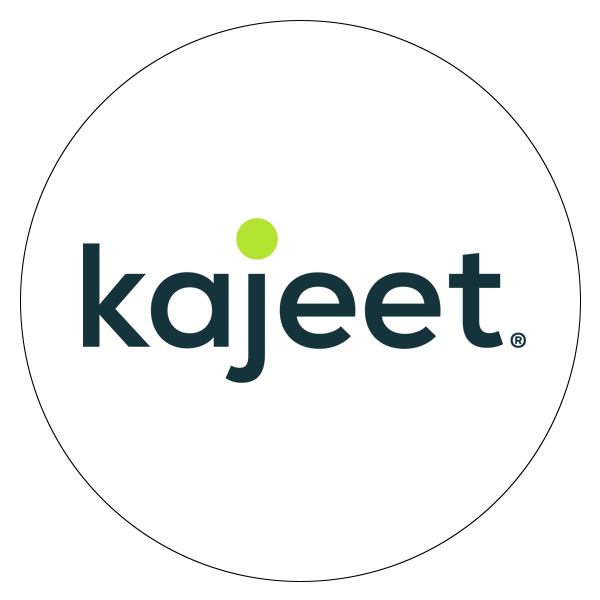There remains a wide achievement gap for ELL students in the United States.
ELL SUPPORT IN THE CLASSROOM
Technology is one of the most powerful teaching tools for ELL students in the classroom. It offers them the same flexibility, creativity, and personalization it does for non-ELL students. Whether they’re in computer labs or on school-owned Chromebooks, ELL students now have digital experiences that can vastly improve how they learn and retain a second language at their fingertips.
- Increase ELL student engagement by turning dry exercises into thought-provoking ones.
- Offer ELL students the mobility to learn outside the classroom—even at home.
- Train hard-working ELL teachers to embrace valuable technical tools and skills.
- Save ELL teachers’ time and make sometimes difficult teaching tasks quick and easy.
- Promote in ELL students an empowering feeling of independence in their own learning.
- Give ELL students new opportunities to engage with cultural situations and scenarios.
VIDEOS, APPS, AND MORE FOR ELL EDUCATION
There is a wealth of digital tools, programs, and activities out there that can inject ease and excitement into ELL education.
Some of the recent tech tools Busy Teacher calls out include:
- Videos that expose ELL students to the use of natural English.
- Apps that teach ELL students grammar and pronunciation.
- Digital field trips that take ELL students across the country.
- Podcasts that help ELL students practice their speaking abilities.
- Class blogs that allow ELL students to sharpen their writing skills.
ANYTIME, ANYWHERE INTERNET ACCESS
But what matters most is ensuring that ELL students have access to these tech tools—even as they leave school for the day.
Enter Kajeet Education Broadband™, which provides ELL students with safe, reliable, and educationally-filtered Internet access outside the classroom. Here are just a few ways Kajeet can help your ESL students connect:
-
- Kajeet SmartSpot®: Give ELL students safe, mobile 4G LTE Internet connectivity outside the classroom anytime, anywhere with mobile hotspots; and set up a library check-out program so students can ‘rent’ the devices when they have online homework they need to complete.
-
- Kajeet Chromebook Bundle: Ensure ELL students can connect to mobile learning on durable, easy-to-use Chromebooks (the CTL Chromebook NL7) combined with the Kajeet SmartSpot, giving them an enhanced classroom experience.
-
- Kajeet SmartBus™ School Bus Wi-Fi: Provide additional learning time for ELL students to complete homework or study on long bus rides to and from school and extracurricular activities; and keep students engaged and less likely to misbehave while on the school bus.
-
- Kajeet Sentinel® Cloud-Based Portal: Safeguard Internet access for ELL students with an innovative dashboard that offers CIPA-compliant filters, device management, network security, and reporting tools in one convenient place.
STUDENT SUCCESS IN SOUTH CAROLINA
South Carolina’s Richland School District Two is committed to integrating technology in the classroom, and ensuring that same technology is available for their students outside of school.
Despite its BYOD (Bring Your Own Device) and Chromebook loan program, the school district realized they had students without Internet access at home. Through the help of mapping data, district administrators identified 25 families in need of connectivity, many families who were Hispanic and many of who were first-generation immigrants.
“When you’re struggling just to pay for rent and food, Internet access doesn’t come up high on the list,” says Ron Huff, Hispanic Family Liaison for Richland School District Two.
So the district partnered with Kajeet to offer 25 Kajeet SmartSpot devices. These devices weren’t just for helping the students get better grades but also to help give entire households access to community resources.
Due to the success of this pilot program, Richland School District Two expanded it to include 100 SmartSpot devices to help other ELL students with Internet needs.
“We’ve seen some good results so far,” says Huff. “Using Kajeet SmartSpots gave these kids avenues to complete all their homework. We even had some students who were able to bring their grades up to honor-roll status from so-so grades.”
FUNDING OPTIONS FOR INTERNET ACCESS
However, funding remains to be a major barrier for expanding any program in schools, whether it’s Internet access or new school buses.
But, if you are looking to fund off-campus connectivity for ESL students in your school or district, there are a few options.
You can use Title I, Part C, Migrant Education Program (MEP) Funds to support off-campus connectivity. These funds can also be combined with other federal program funds, including Title I, Part A; Title III, Part A (ELL); Title IV, Part B (21st CCLC); and Title VI, Part B (Rural Education).
You might also want to consider Title III Funds. Many districts receive allocations from their state based on the number of English Language Learners (ELLs) they serve. A portion of these funds can be used to provide community participation programs, family literacy services, and parent outreach and training activities to limited English proficient children and their families.
Check our tips and resources for finding the right kind of funding for your district.







.png)
